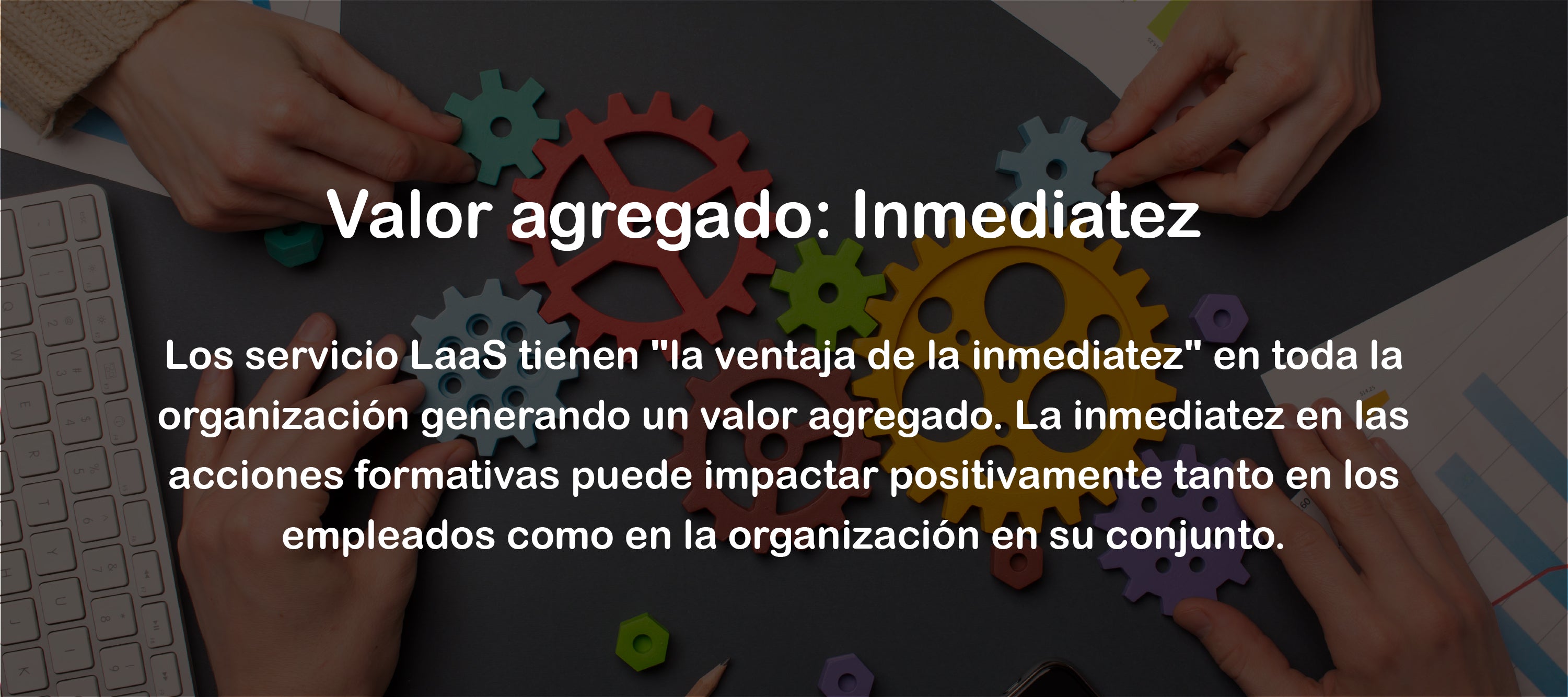
Some of the advantages of the immediacy of Nanfor's LaaS service include:
- Rapid Response to Market Changes : Immediacy allows organizations to quickly adapt to market changes, new technologies, or regulations. Employees can learn new skills or update existing ones in real time, keeping the organization competitive.
- Improved Work Performance : Employees can apply what they have learned immediately, which can translate into rapid improvements in performance and productivity. This is especially important in areas where knowledge and skills are constantly evolving.
- Employee Motivation and Engagement : The opportunity to continually learn and develop can increase employee motivation and engagement. Immediate training demonstrates that the company is investing in their personal and professional development.
- Rapid Problem Resolution : Immediate training allows specific issues or skills gaps to be addressed as soon as they arise, preventing them from becoming larger problems.
- Flexibility and Personalization : Immediate training is often accompanied by greater flexibility in terms of formats and content. This allows learning to be personalized according to the individual needs of each employee.
- Promoting a Culture of Continuous Learning : The immediacy of training reinforces the idea that learning is a continuous and essential process for personal and professional development, fostering an organizational culture focused on learning and continuous improvement.
- Cost and Time Reduction : Immediate training actions, especially digital ones, can significantly reduce the costs and times associated with traditional training, such as travel expenses, physical materials and loss of working hours.
- Improved Talent Retention : Organizations that offer immediate training and development opportunities typically have better employee retention rates as employees value the investment in their professional growth.
- Adaptability to Diverse Learning Styles : Immediate training, especially in digital formats, can be adapted to different learning styles, making it more effective for a wider range of employees.
- Continuous Improvement of the Learning Process : Feedback and results can be evaluated more quickly, allowing for continuous adjustments and improvements to training programs.







